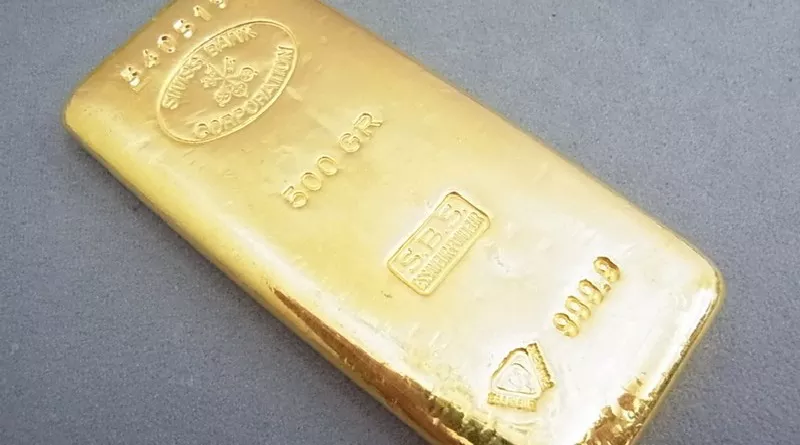In times of economic uncertainty, investors have often turned to gold as a safe haven asset to protect their wealth. The precious metal has long been perceived as a reliable store of value, capable of maintaining its worth even in the face of inflation. However, in recent times, an intriguing paradox has emerged—gold prices have been experiencing a downward trend despite growing concerns of inflationary pressures. This article aims to explore the factors contributing to this unexpected phenomenon and shed light on the possible reasons behind the falling gold prices.
-
Historical Relationship between Gold and Inflation:
To understand the paradox, it is crucial to revisit the historical relationship between gold and inflation. Traditionally, gold has been considered an effective hedge against inflation due to its limited supply and tangible nature. During periods of inflation, when the purchasing power of fiat currencies erodes, investors seek refuge in gold as a means of preserving their wealth. The precious metal’s inherent scarcity and historical track record as a stable store of value have made it a popular choice in times of economic turmoil.
-
Shifting Market Dynamics:
Despite the historical correlation, it is important to recognize that market dynamics are constantly evolving. In recent years, other investment opportunities have emerged, diverting some attention away from gold. Cryptocurrencies, for instance, have gained popularity as an alternative store of value, attracting investors seeking high returns. This diversification of investment options has diminished the exclusive appeal of gold, impacting its demand and subsequently its price.
-
Investor Sentiment and Risk Appetite:
Investor sentiment plays a crucial role in shaping market trends. In the face of inflation, market participants’ perception of risk and their willingness to allocate capital to different asset classes can significantly impact gold prices. During periods of low inflation, investors may perceive less urgency to hold gold as an inflation hedge, leading to decreased demand and consequently, lower prices. Moreover, if investors are optimistic about economic recovery and believe that central banks can effectively manage inflationary pressures, they may shift their focus towards riskier assets such as stocks, which offer higher growth potential.
-
Monetary Policy and Interest Rates:
Central banks play a pivotal role in shaping economic conditions. Monetary policy decisions, including interest rate adjustments, have a direct impact on the price of gold. When central banks adopt a hawkish stance by raising interest rates to combat inflation, it can strengthen the value of the local currency, making gold relatively more expensive for international buyers. This, in turn, can lead to a decrease in demand for gold, resulting in falling prices. Conversely, if central banks maintain accommodative policies, reducing interest rates to stimulate economic growth, it can weaken the local currency, potentially driving up demand for gold as an inflation hedge.
-
Economic Recovery and Market Optimism:
In times of economic recovery and improving market conditions, investors tend to shift their focus towards growth-oriented assets such as equities. This shift in sentiment is often accompanied by a decrease in demand for safe haven assets like gold. As economies rebound from recessionary periods, investor confidence in riskier assets increases, leading to a reduced need for gold as a hedge against inflation. The recent global recovery from the COVID-19 pandemic-induced economic downturn might be a contributing factor to the downward pressure on gold prices.
-
Technological Advancements in Mining and Production:
Technological advancements have led to significant improvements in gold mining and production techniques. With the advent of more efficient extraction methods, gold supply has increased over time. The augmented supply levels can contribute to downward pressure on prices, especially if demand remains stagnant or experiences a decline.
Conclusion:
The paradoxical trend of falling gold prices amid concerns of inflation can be attributed to a confluence of factors. The shifting market dynamics, evolving investor sentiment, monetary policy decisions, economic recovery, and advancements in gold production collectively shape the demand and supply dynamics of the precious metal. While gold has historically served as a reliable hedge against inflation, its traditional role is being challenged in a changing investment landscape. Consequently, investors should carefully evaluate market conditions and consider a diversified portfolio that encompasses a range of assets beyond gold when seeking protection against inflation and preserving wealth.


